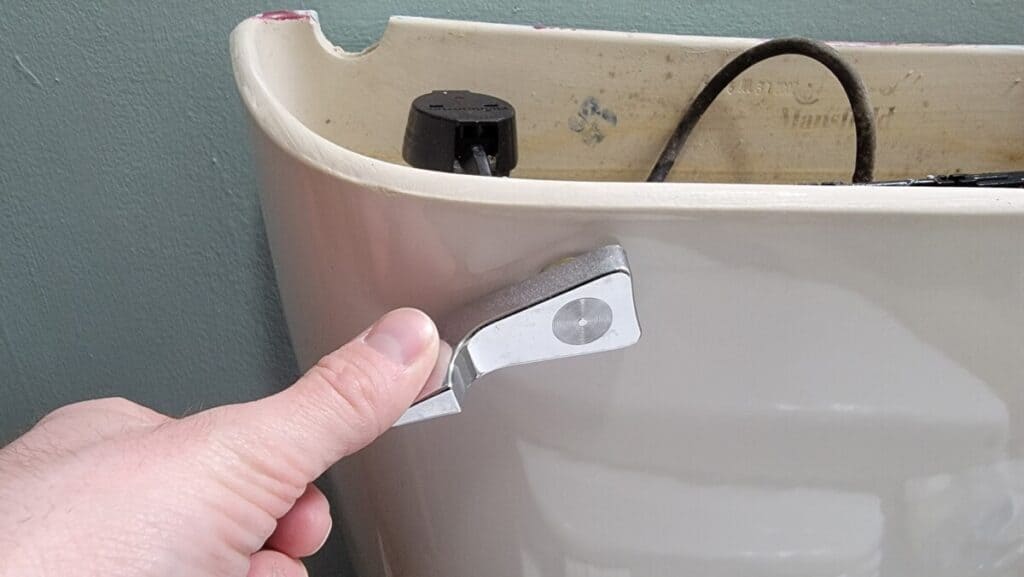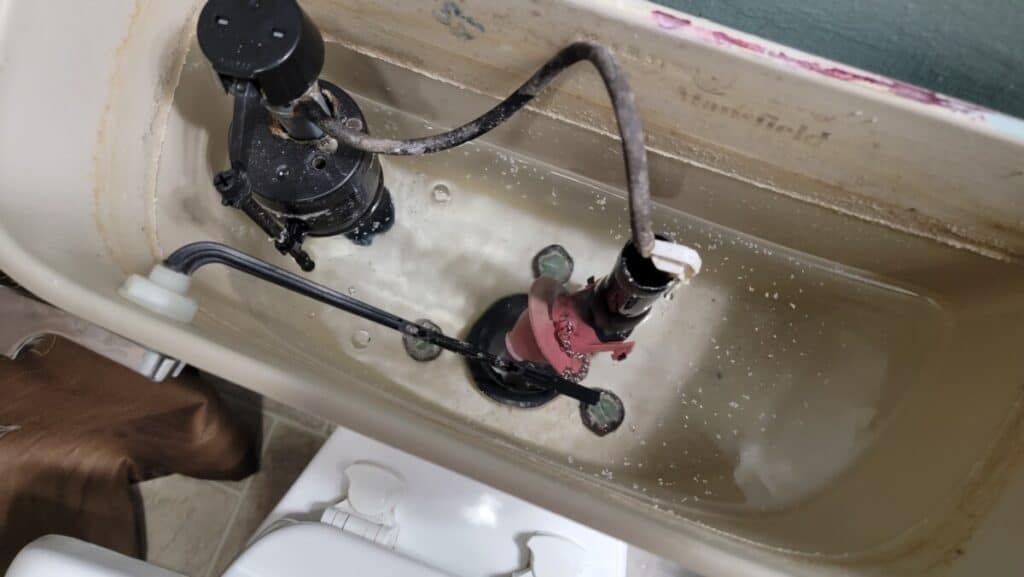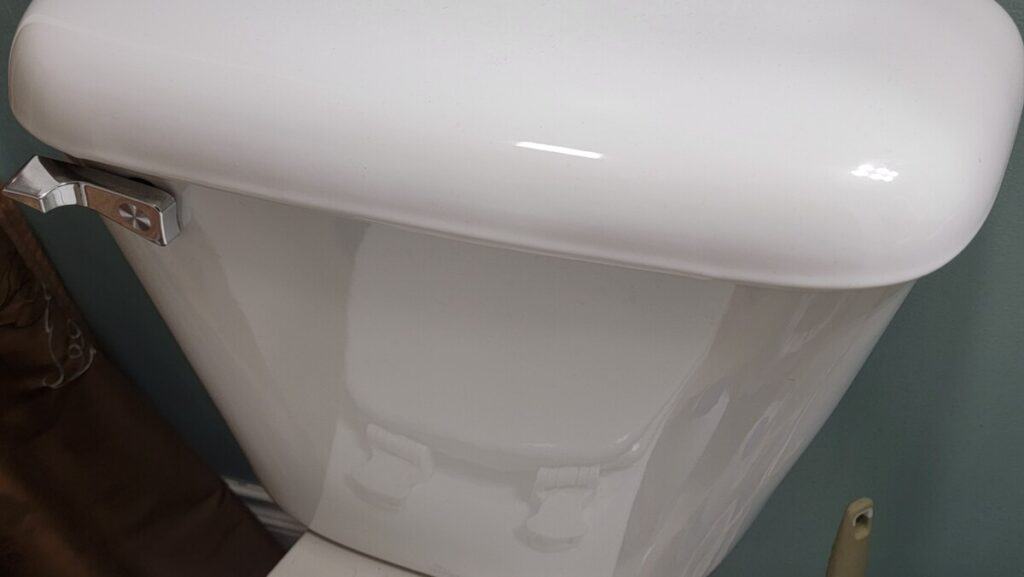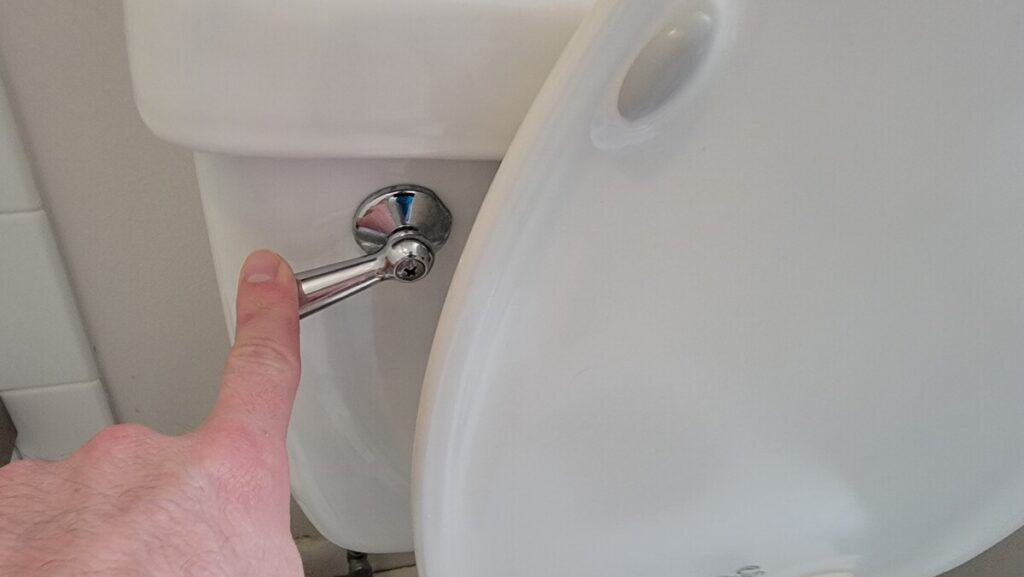I Accidentally Flushed a Sponge: DIY or Call the Plumber?
Imagine this: you’re cleaning your bathroom when suddenly, a sponge slips from your hand and down the toilet. Panic sets in as you realize the potential consequences of your mistake.
Flushing a sponge can cause serious problems for your plumbing system. As it travels through the pipes, it can create blockages, leading to an overflowing toilet and potential water damage.
So, what should you do in this situation? Let’s dive into the steps you can take to handle this plumbing predicament and prevent further damage.
What Happens if You Flush a Sponge
When a sponge is flushed down the toilet, it can wreak havoc within your plumbing system. As the sponge travels through the pipes, it may encounter other non-flushable items lurking in its path, such as hairballs and excessive toilet paper.
These obstructions can cause a serious blockage and impede the natural flow of water. Before you know it, your once-trusty porcelain throne might transform into an overflowing nightmare.
Toilet overflow is not only unsightly and unhygienic but can also lead to potential damage to your bathroom floor and surrounding areas if left unattended. Immediate action is crucial to prevent further complications arising from this unfortunate mishap.
So, what should you do next? Stay tuned for our expert advice on how to handle this predicament without losing your sanity or damaging your home plumbing!
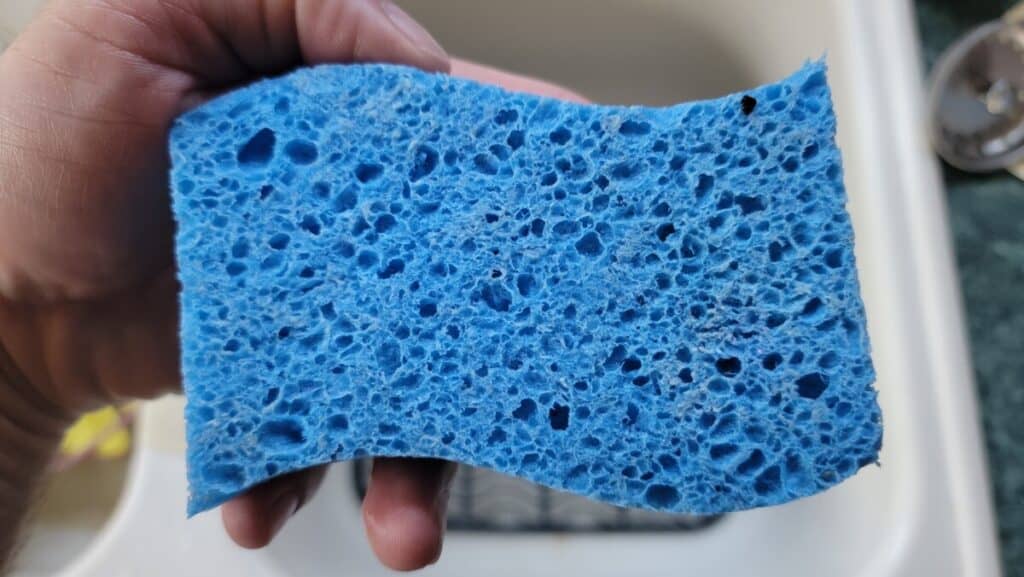
How to Retrieve a Flushed Sponge with an Auger or Snake: Step-by-Step Guide
| Step | Action |
|---|---|
| 1 | Gather your tools: an auger or snake, protective gloves, and a bucket. |
| 2 | Insert the auger or snake into the toilet bowl slowly, ensuring it goes deep enough to reach the clog. |
| 3 | Gently twist and turn the tool clockwise while feeding it further into the drainpipe. |
| 4 | If you encounter resistance, apply steady pressure on the tool while turning the handle clockwise. |
| 5 | Once you’ve pierced the sponge or clog, slowly retract the auger or snake from your toilet bowl. |
| 6 | With rubber gloves, place any remnants or debris in a bucket for proper disposal. |
| 7 | Flush your toilet several times to ensure that water flows freely and to clear out any remaining residue. |
| 8 | If you can’t resolve the issue or if severe plumbing issues arise, seek professional assistance. |
Retrieving a flushed sponge from the toilet can be quite a predicament, but fear not! With the right tools and a step-by-step guide, you can tackle this situation like a pro.
First things first, you need an auger or snake – these handy tools are specially designed to navigate through the twists and turns of your plumbing system.
To begin the process, make sure you have protective gloves and a bucket nearby. The last thing you want is any unwanted mess while attempting to retrieve the flushed sponge.
Start by inserting the auger or snake into the toilet bowl slowly, ensuring that it goes deep enough to reach the clog. Gently twist and turn the tool clockwise while feeding it further into the drainpipe.
As you continue turning and pushing forward, you may encounter some resistance. This could be due to the flushed sponge getting caught on other non-flushable items or creating a blockage further down in your plumbing system.
Once you encounter the blockage, carefully apply steady pressure on the tool while turning the handle clockwise so that the corkscrew tip of the auger or snake will pierce into the sponge and clog.
Then, slowly retract the auger or snake from your toilet bowl. Keep an eye out for any remnants of non-flushable items or debris that may come up along with it.
With rubber gloves, place these items in a bucket to dispose of properly later on. After successfully retrieving the flushed sponge using an auger or snake, it’s important to take immediate actions for proper toilet care and maintenance.
Flush your toilet several times to ensure that water flows freely without any issues. This will help clear out any remaining residue and prevent future clogs from occurring.
While retrieving a flushed object like a sponge can often be resolved through DIY measures, there may be instances where professional advice is needed if severe plumbing issues arise or sewer blockages occur. In such cases, it is always recommended to seek the assistance of plumbing services to avoid further complications and ensure the longevity of your toilet.
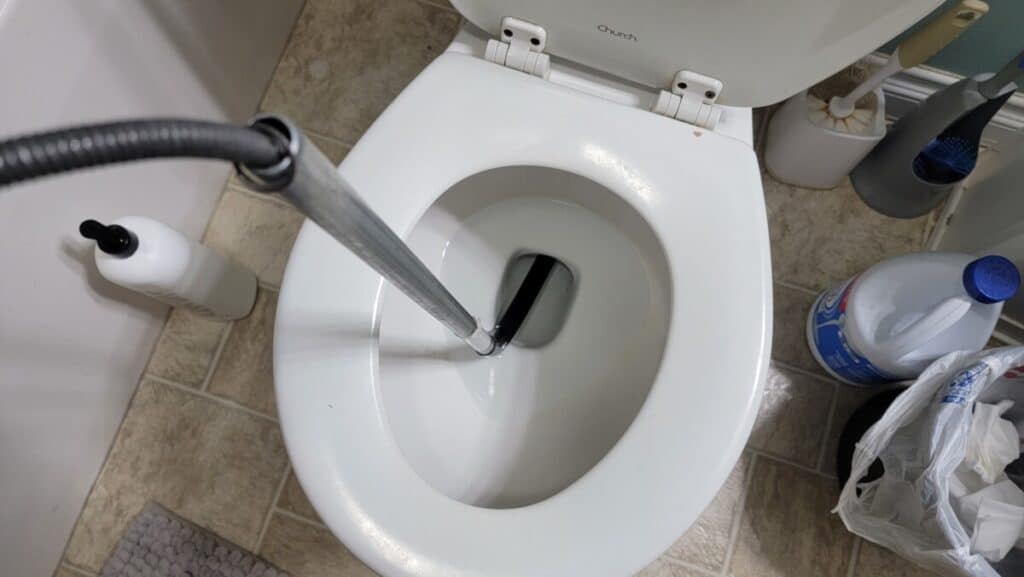
Do Not Use a Plunger, You’ll Only Move the Clog Further Down
When faced with a clogged toilet due to the accidental flush of a sponge, it can be tempting to reach for the trusty plunger and give it a few forceful plunges. However, let me stop you right there and give you an important piece of advice: do not use a plunger! While plungers are great for clearing minor clogs caused by organic waste or toilet paper, they are not effective when it comes to retrieving non-flushable items like sponges.
Using a plunger in this situation can actually make matters worse. When you force the plunger down into the toilet bowl, you create pressure that pushes the water and any potential blockage deeper into the pipes.
This can result in sewer blockages further down the line (or blocking your primary drain to your septic) and potentially cause more extensive toilet damage. In addition, if your toilet is already on the verge of overflowing due to the flushed sponge, using a plunger could exacerbate the problem and lead to an unpleasant and messy toilet overflow scenario.
Instead of grabbing that plunger right away, consider taking immediate actions that are more appropriate for retrieving items from your toilet like using an auger or snake.
This handy gadget allows you to reach deep into your plumbing system, hook onto the flushed sponge or any other object causing the blockage, and carefully extract it without causing further damage. Augers are readily available at most hardware stores or can be rented from plumbing services if needed.
Do Not Use Chemicals
Using chemicals to deal with a flushed sponge might seem like a quick and easy solution, but it can actually do more harm than good. When faced with a clogged toilet, it’s understandable to want to reach for some powerful chemical drain cleaner in the hopes that it will dissolve the problem away. However, in the case of a flushed sponge, using chemicals is not recommended.
One reason why using chemicals is not advisable is that they may not effectively dissolve or break down the sponge. Unlike hair or other organic matter that can be dissolved by certain drain cleaners, sponges are typically made of materials that are resistant to chemical breakdown.
Pouring chemicals down the toilet can end up being an exercise in futility as they may not have any impact on the trapped sponge. Moreover, using chemicals can also pose risks to your plumbing system and result in further damage.
Powerful drain cleaners often contain harsh acids or caustic substances that can corrode pipes over time. These corrosive agents can weaken the pipes and lead to leaks or even burst pipes if used repeatedly or left for extended periods without proper flushing.
Additionally, if you’ve already attempted other methods like using an auger or snake (as discussed in section 2) without success, adding chemicals into the mix will only complicate matters further by creating a potentially hazardous mixture within your plumbing system. When dealing with a flushed sponge in your toilet, it’s best to avoid using chemicals as they may not effectively break down the object and could potentially cause damage to your plumbing system.
Instead, focus on safer and more reliable methods like retrieving the sponge with an auger or snake (as described in section 2) or seeking professional assistance from a plumber who has experience dealing with toilet blockages and retrieving objects from drains. By taking immediate action and making informed choices about how to handle an accidental flush gone wrong, you can minimize potential plumbing issues and safeguard your home’s toilet system.
Final Thoughts
Flushing a non-flushable item like a toothbrush, sponge, washcloth, tampon, pad, or other items down the toilet can lead to a variety of issues. From immediate actions like turning off the water supply and avoiding the use of plungers or chemicals, to retrieving the flushed sponge using a plumbing auger or snake, we’ve explored the steps you can take to tackle this problem.
Remember, it’s crucial to avoid further damage by addressing toilet blockages promptly and seeking professional advice if needed. While it may feel overwhelming when faced with a flushed sponge causing a toilet clog or even toilet overflow, I hope this article has provided you with some guidance on how to effectively handle such situations.
By taking immediate action and avoiding common mistakes like using plungers or chemicals, you can minimize potential damage and prevent further sewer blockages. Remember that maintaining your toilet is essential for its longevity.
Regular checks for non-flushable items near the toilet area can help prevent accidental flushes and subsequent plumbing issues. By following good practices in toilet care and being mindful of what goes down the drain, you can keep your plumbing system running smoothly.
By implementing these practical tips and techniques for retrieving items like a flushed sponge from your toilet, you will be better equipped to handle unexpected situations without panicking or causing additional harm. So stay calm, act promptly, and remember that even though accidents happen, there are solutions available to restore your toilet’s functionality efficiently.




